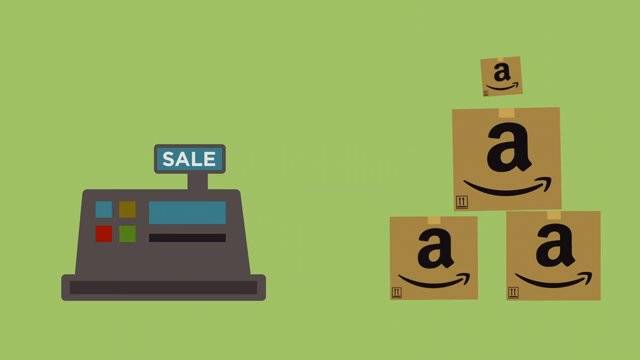Join Our Telegram channel to stay up to date on breaking news coverage
The blocksize debate has been the main topic of discussion in the Bitcoin community for most of 2015, and it’s become clear that it will be difficult to gain real consensus around a single plan going forward. One of the main reasons that some bitcoiners would like to see the blocksize limit increase to 8MB or more is that transaction fees will rise once blocks are routinely filled to capacity. For this side of the argument, the idea is that blockchain-based transactions should remain as cheap as possible for everyone.
Also Read: Peernova’s Dave Hudson: Blocksize Debate Lacks ‘Good Data’
There have been multiple posts on Reddit and other websites pointing out that blocks have become dangerously full over the course of 2015, but Peernova’s Dave Hudson believes the legitimacy of these full blocks may be overstated. In fact, there may be reason to believe that many blocks are filled up with mostly useless transactions.
Are Blocks Filling Up with Useful Transactions?
Although it does appear that Bitcoin transaction volume has been rising over the past few years, it’s difficult to know exactly what is behind this increase. Bitcoin transactions have always been relatively cheap, which means many users don’t put much thought into the idea of signing a transaction and broadcasting it to the network. In a recent interview with Epicenter Bitcoin, Peernova Vice President of Software Architecture Dave Hudson pointed out that not all Bitcoin transactions may be as interesting or useful as they seem:
“The other thing that’s unclear to me at the moment is how much the blocks we have right now are really actually full. I did some analysis on trying to work out just how full blocks were and historically how they’ve actually been based on what miners were really trying to mine . . . But the big unknown is just how many of those transactions that were mined into blocks were actually really useful and interesting. And if you started to push up against the limit where the fees went up, how many of those transactions would just simply go away? There were people shuffling coins around or simply moving things between wallets and not really taking much regard for how they did it because there was plenty of space available. I think there’s a lot of unknowns there.”
Hudson, who previously worked at Qualcomm, also noted that Blockchain.info accounts for these sorts of “long chain transactions” now, and he continued by stating:
“There seems to be a reasonably high-proportion of transactions that have been made to-date [that] aren’t actually commercial transactions. They’re actually people simply moving things around and then moving them back to where they came from in some cases.”
Many Parties Have an Incentive to Create Artificial Transactions
After Hudson made his point about how some Bitcoin transactions may be nothing more than noise, Epicenter Bitcoin Co-Host Brian Fabian Crain pointed out that companies like Coinbase and Circle have an incentive to create artificial transaction volume. Hudson agreed, and he also noted that the cost of doing so would be quite low:
“Even the stress tests didn’t cost very much. That was one of the interesting things about the recent stress test; the cost for doing that was actually pretty low. And when you’re talking about people having an incentive — a lot of bitcoiners have incentives — but when you have people who have an incentive to see a higher transaction volume, it’s actually very easy to create a much, much larger transaction volume.”
It’s important to remember that some of the data that comes from the blockchain is hard to interpret without further analysis. Metrics such as transaction volume and total users can be useful for presentations to potential investors in Bitcoin-related companies, but the reality is these numbers should be taken with a grain of salt. Having said that, this is how the pseudonymous payment technology is supposed to work; otherwise, there wouldn’t be much of a point to creating Bitcoin in the first place.
Kyle Torpey is a freelance journalist who has been following Bitcoin since 2011. His work has been featured on VICE Motherboard, Business Insider, RT’s Keiser Report, and many other media outlets. You can follow @kyletorpey on Twitter.
Join Our Telegram channel to stay up to date on breaking news coverage


